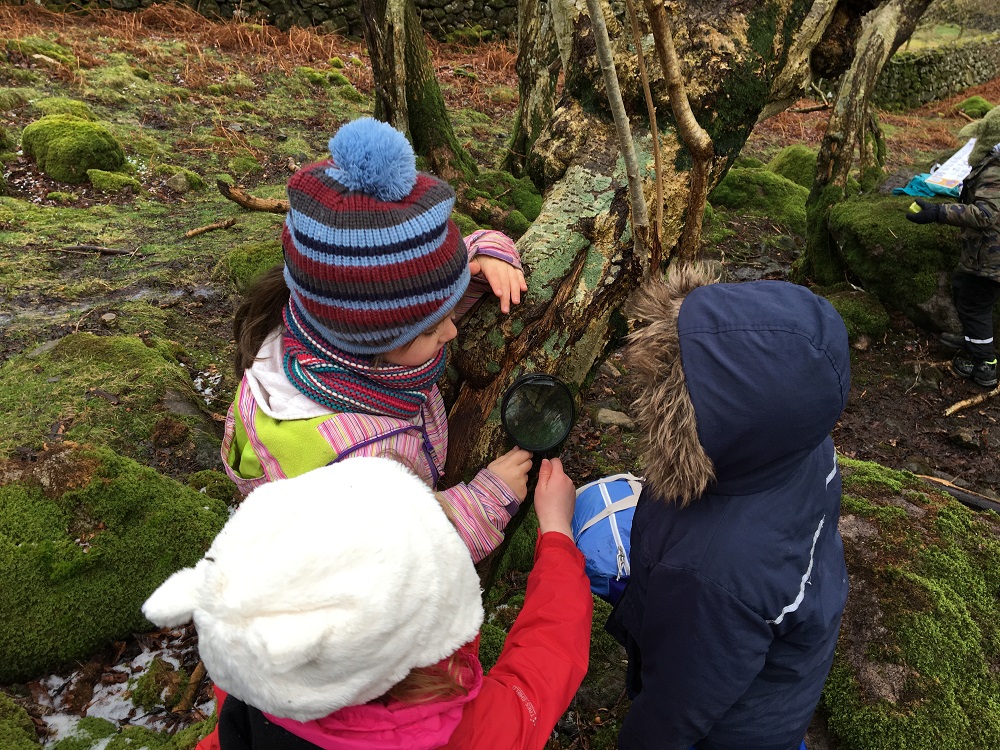
Many simple projects can be devised using lichens. They are an ideal subject for exploration and study as they can be found both in an urban environment and in the countryside and can be studied throughout the year. The projects cover aspects of the curriculum with valuable opportunities for field work, but seldom depend upon detailed identification. We hope that they will capture your imagination and help the development of a scientific approach to exploring the natural world.
Projects and support materials (in MS Word and other formats) are available here for downloading (right-click on a link and choose Save Link As to download).
The BLS Eduction and Promotions Committee welcomes comments on these projects and any improvements you may wish to suggest. We should be most interested to know of any work you do with lichens. Kindly send any correspondence to secretary@britishlichensociety.org.uk.
Many people have contributed to these resources, notably Ann Allen, Barbara Hilton, Pat Wolseley (Lichens on Twigs; Tree Lichens and Air Pollution), Janet Simkin, Robin Crump, and the late Jeremy Gray (computing skills). We gratefully acknowledge work by the late Tom Chester, British Lichen Society Churchyard Co-ordinator.
Remember: we can put you in touch with a local lichenologist, or provide e-mail support, if you would like some help. If you are a student working on an individual project or coursework involving lichens and need help, fill in our Project Questionnaire. Send the completed questionnaire as an email attachment to secretary@britishlichensociety.org.uk
The age groups for which the school projects are appropriate:
Support materials for projects
Keys
- Which lichens can you find? (OPAL simple key)
- Twenty common lichens (BLS Next Steps materials)
- Lichens on Twigs (NHM online key to 60 lichens on twigs)
For Teachers / Tutors
- Teachers Notes 7-14 years (KS2, KS3)
- Selected References 7-14 years (KS2, KS3)
- Background Information 14-19 years (KS4, P16)
- Project References 14-19 years (KS4, P16)
- Learning Objectives 14-19 years (KS4, P16)
- Exploring the Churchyard Teachers' Notes (KS2, KS3)
- Project Questionnaire
Projects: 7-14 years (KS2, KS3)
- Lichens around the churchyard
- Where do crusty or leafy lichens grow?
- Lichens west and east
- How fast do lichens grow? (can extend to 16 years KS4) with calculation)
Projects: 10-16 years (KS3, KS4)
Projects: 14-19 years (KS4, P16)
- Air Quality (KS4, P16)
- Church Walls (P16)
- Walls (KS4)
- Lichen distribution in the shore spray zone (P16)
- Key to Nine Common Churchyard Lichens
- Make a Dichotomous Key (P16)
Also see other materials on this webiste, including Useful Links .